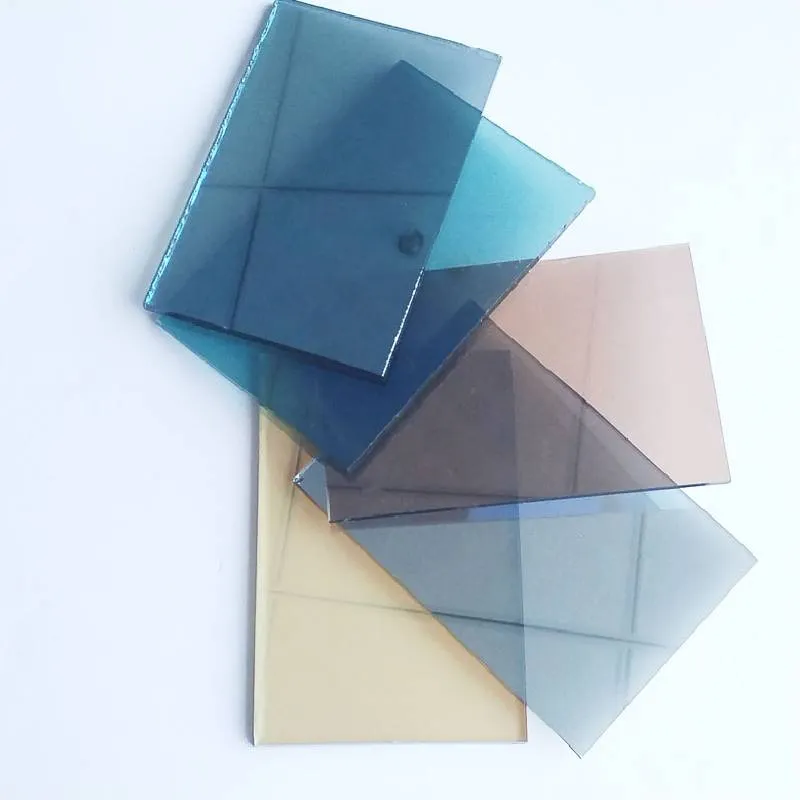Tempered Glass and Laminated Glass Understanding Their Differences and Applications
In the realm of construction and design, glass is a material that has undergone significant advancements in terms of strength, safety, and aesthetics. Two prominent types of glass that have gained considerable popularity are tempered glass and laminated glass. While both serve similar purposes, they possess distinct characteristics and applications that cater to different needs.
Tempered Glass Strength and Safety
Tempered glass, also known as toughened glass, is produced through a process of extreme heating and rapid cooling. This process increases its strength, making it significantly more robust than regular glass. Tempered glass can withstand high levels of stress and is resistant to breakage, which is vital in environments where safety and durability are paramount.
One of the notable features of tempered glass is that when it does break, it shatters into small, blunt pieces rather than sharp shards, reducing the risk of injury. This makes it a popular choice for various applications, including shower doors, glass tables, and windows in high-rise buildings. Moreover, tempered glass is often used in locations exposed to thermal stress, such as in facades where temperature fluctuations are common.
Another advantage of tempered glass is its ability to resist impact. Due to its strength, it can bear significant weight and withstand wind loads, making it suitable for large installations like glass balustrades or windscreens. However, it is essential to note that the fabrication of tempered glass is irreversible, meaning any alterations after the tempering process can compromise its integrity.
Laminated Glass Safety and Versatility
tempered glass and laminated glass
On the other hand, laminated glass is created by sandwiching a layer of polyvinyl butyral (PVB) or ethylene-vinyl acetate (EVA) between two or more layers of glass. This multilayer approach provides a unique combination of safety, security, and sound insulation. One of the primary benefits of laminated glass is its ability to hold together when shattered. The interlayer keeps the broken pieces bonded, reducing the risk of injury and minimizing hazards caused by falling glass.
Laminated glass is widely used in applications where safety is a primary concern. For example, it is commonly found in skylights, glass facades, and glass floors, as well as in automobiles for windshields. In addition to its safety features, laminated glass also offers sound dampening qualities, making it ideal for urban environments where noise reduction is a priority.
Furthermore, laminated glass provides enhanced UV protection, blocking harmful ultraviolet rays that can fade furnishings and artwork. This property makes it a preferred choice for museums and galleries, where preserving the original condition of exhibits is crucial.
Choosing Between Tempered and Laminated Glass
When deciding between tempered and laminated glass, the choice largely depends on the specific requirements of a project. For applications where impact resistance and strength under stress are critical, tempered glass is often the better choice. Conversely, for situations where safety and sound insulation are paramount, laminated glass is the most suitable option.
In many cases, these two types of glass can be combined to create a product that leverages the strengths of both. For example, using laminated tempered glass can provide enhanced security, safety, and aesthetic appeal, making it ideal for various architectural applications.
In summary, tempered glass and laminated glass are both essential materials in modern architecture and design. Understanding their unique properties allows architects, builders, and designers to make informed choices that ensure safety, functionality, and style in their projects. As technology advances, these glass types will continue to evolve, offering even more innovative solutions for a variety of applications.
 Afrikaans
Afrikaans  Albanian
Albanian  Amharic
Amharic  Arabic
Arabic  Armenian
Armenian  Azerbaijani
Azerbaijani  Basque
Basque  Belarusian
Belarusian  Bengali
Bengali  Bosnian
Bosnian  Bulgarian
Bulgarian  Catalan
Catalan  Cebuano
Cebuano  Corsican
Corsican  Croatian
Croatian  Czech
Czech  Danish
Danish  Dutch
Dutch  English
English  Esperanto
Esperanto  Estonian
Estonian  Finnish
Finnish  French
French  Frisian
Frisian  Galician
Galician  Georgian
Georgian  German
German  Greek
Greek  Gujarati
Gujarati  Haitian Creole
Haitian Creole  hausa
hausa  hawaiian
hawaiian  Hebrew
Hebrew  Hindi
Hindi  Miao
Miao  Hungarian
Hungarian  Icelandic
Icelandic  igbo
igbo  Indonesian
Indonesian  irish
irish  Italian
Italian  Japanese
Japanese  Javanese
Javanese  Kannada
Kannada  kazakh
kazakh  Khmer
Khmer  Rwandese
Rwandese  Korean
Korean  Kurdish
Kurdish  Kyrgyz
Kyrgyz  Lao
Lao  Latin
Latin  Latvian
Latvian  Lithuanian
Lithuanian  Luxembourgish
Luxembourgish  Macedonian
Macedonian  Malgashi
Malgashi  Malay
Malay  Malayalam
Malayalam  Maltese
Maltese  Maori
Maori  Marathi
Marathi  Mongolian
Mongolian  Myanmar
Myanmar  Nepali
Nepali  Norwegian
Norwegian  Norwegian
Norwegian  Occitan
Occitan  Pashto
Pashto  Persian
Persian  Polish
Polish  Portuguese
Portuguese  Punjabi
Punjabi  Romanian
Romanian  Russian
Russian  Samoan
Samoan  Scottish Gaelic
Scottish Gaelic  Serbian
Serbian  Sesotho
Sesotho  Shona
Shona  Sindhi
Sindhi  Sinhala
Sinhala  Slovak
Slovak  Slovenian
Slovenian  Somali
Somali  Spanish
Spanish  Sundanese
Sundanese  Swahili
Swahili  Swedish
Swedish  Tagalog
Tagalog  Tajik
Tajik  Tamil
Tamil  Tatar
Tatar  Telugu
Telugu  Thai
Thai  Turkish
Turkish  Turkmen
Turkmen  Ukrainian
Ukrainian  Urdu
Urdu  Uighur
Uighur  Uzbek
Uzbek  Vietnamese
Vietnamese  Welsh
Welsh  Bantu
Bantu  Yiddish
Yiddish  Yoruba
Yoruba  Zulu
Zulu 

